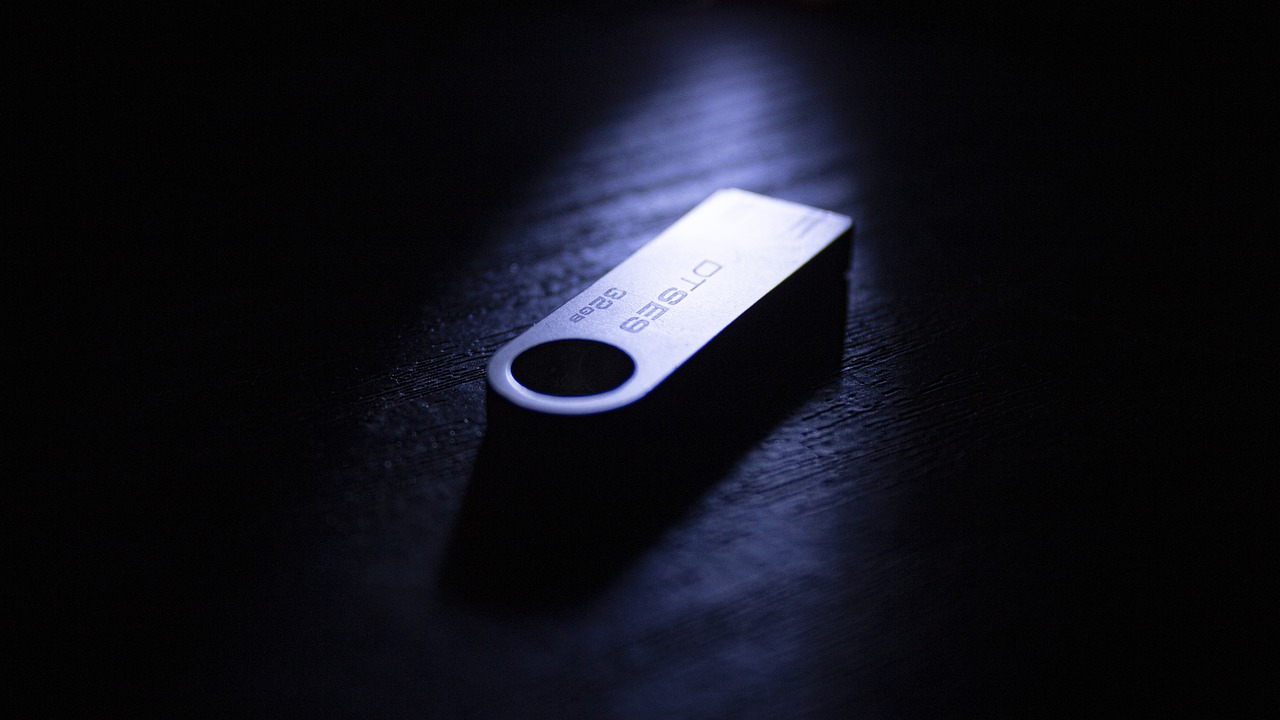SCIENTISTS from Liverpool Hope University have created a sophisticated device to counter the cyber threat posed by malicious USB drives.
The ‘external scanning device’ has been granted a patent from the Government of India, as the team hopes to make production a reality.
The project is being led by Dr Shishir Kumar Shandilya, a Visiting Research Fellow in Hope’s School of Mathematics, Computer Science and Engineering, alongside Professor Atulya Nagar, Pro-Vice-Chancellor for Research and Professor of Mathematics at Hope.
The initiative centres around the use of memory ‘sticks’ - gadgets that hold information and are often swapped between home computers and the office.
Dr Shandilya says they’re particularly vulnerable to being used by hackers to infiltrate a sensitive system.
And as the threat of a cyber strike has increased markedly in a post-pandemic world, where more and more people are working from home and operating in a digital world, Dr Shandilya and Professor Nagar say it’s crucial this avenue of attack is blocked.
Dr Shandilya reveals: “Cyber attacks are becoming more advanced, often utilising intelligent algorithms and technologies to steal personal data, disrupt critical networks, and corrupt communications.
“USB ports of computers are one of the most common paths through which malicious files and programs can be injected by the attackers. USB memory drives - or ‘memory sticks’ - are vastly used for data transfer that attracts a high risk of being exposed to malicious codes.”

Dr Shandilya, of Vellore Institute of Technology (VIT) Bhopal, India, points out that one of the main problems with memory sticks is that a computer’s operating system, or ‘OS’, often treats them as a ‘trusted component’ - something that overlooks the potential threat.
He adds: “If the OS is not configured to restrict and promote the user’s permission on an inserted USB device, then as soon as the USB drive is inserted it can execute default auto run script that can deliver the intended payload to the computing devices and deliver multiple kinds of malicious programs such as viruses, Trojans, Keyloggers, Spywares, Remote Access Trojans (RATs), and so forth to the computing devices.”
The solution, says Dr Shandilya and Professor Nagar - who are working alongside a team of students of Hope and VIT - could be found in a new type of ‘intermediate’ device which sits between the USB stick and the laptop or computer, and which acts as a gateway or barrier.
This intermediate device is able to scan the USB drive for malicious software, potentially stopping a cyber attack in its tracks.
Dr Shandilya adds: “Our invention safeguards the host computing device by providing an additional layer of hardware security, and by hiding the host operating system information.
“This is done by presenting the disguised information about the computing device to the external devices. The disguised information effectively confuses the external memory device that is plugged into the computing device.
“The invention also has a method and intelligence to identify the malwares and has a capability of hiding the host computer information, making it nearly impossible for the malicious code to attack.
“The invented device also scans the USB device and decides the visibility and accessibility of the files present in USB devices at the host computer, giving either full-access, partial-access, or a full-block.”
The device sits in an exciting and emerging field of cyber security research known as Nature-Inspired Cyber Security, or NICS. As the name suggests, it incorporates ideas and phenomena from the natural world, ensuring an operating system doesn’t fall prey to a predator, to ward off an attack.
Dr Shandilya describes NICS as the ‘defensive mechanisms of the future’, and adds: “NICS is a new field of research which is an amalgamation of bio-inspired computing and cyber security.
“The main aim of NICS is to introduce nature-inspired phenomena to cyber defense.
“In this work, we attempted to disguise OS information to safeguard computers, as malwares generally attempts an attack based on the OS information.
“The idea is to keep the malicious code busy with disguised OS, while the device will scan and categorize the malicious USB drive recently attached to the computer.”
Dr Shandilya says the team are currently liaising with manufacturers to make the device a reality and that they have a fully-functional prototype.



